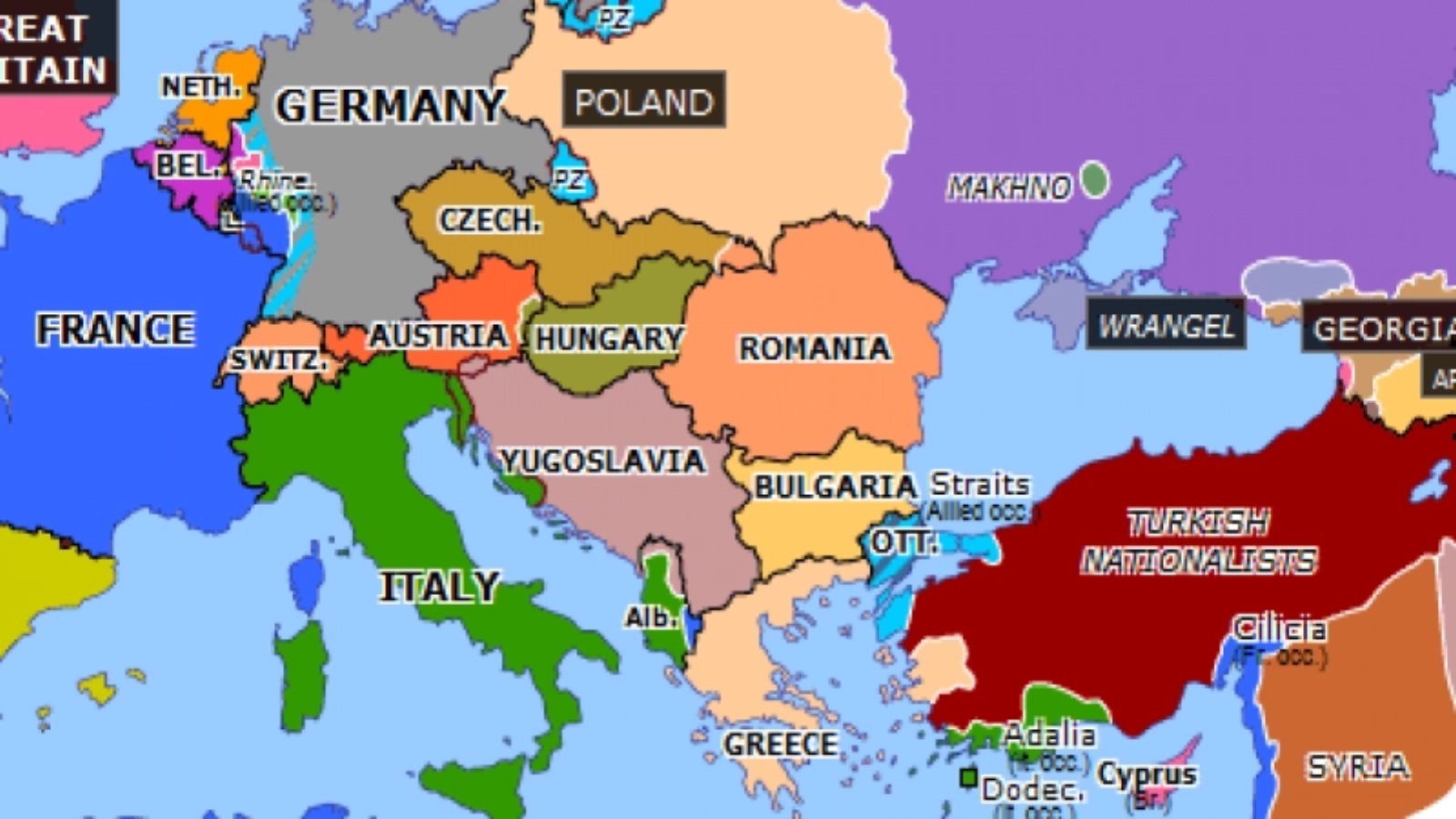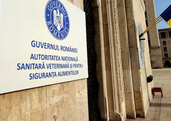The signing of the Treaty of Trianon, on June 4, 1920, marked, from an international law standpoint, the conclusion of peace between the Allied and Associated Powers and Hungary at the conclusion of the First World War.
At the end of 1919, the Government of Romania led by Alexandru Vaida-Voevod had managed through its political-diplomatic ability to conclude the signing of peace treaties with Austria, Bulgaria as well as the Treaty of Minorities.
In what regards the relation with Hungary, the Bucharest Government guaranteed the withdrawing of its troops in Hungary on the border line between the two countries established in June 1919.
Hungary refused to sign the Peace Treaty, underpinning the refusal by contesting the border with Romania, according to the volume "Romania's Peace Treaties (1918-1920)" (Horia Vladimir Ursu, C. H. Beck Publishing House, Bucharest, 2014).
On January 20, 1920, the Romanian Prime Minister Alexandru Vaida-Voevod was to show up in front of the Supreme Council of the Versailles Peace Conference, presided for the first time by Georges Clemenceau. Vaida-Voevod had discussed the previous evening with Clemenceau the necessity of recognizing Romania's union with Bessarabia. The French official gave assurances regarding support for the cause of Romania's union with Bessarabia both on his part and in what regards the support of France, the quoted source indicates.
The meeting of the Supreme Council began with the reading by Clemenceau of the letter of American President Woodrow Wilson, which regarded the withdrawal of Romanian troops from Hungary, opinion shared by the head of the British Government, David Lloyd George. Alexandru Vaida-Voevod gave assurances that until March 1, 1920, the Romanian troops in Hungary will be withdrawn. On the agenda, Clemenceau also puts forth the matter of Bessarabia, expressing the necessity for the population of this region that the union with Romania be recognized at an international level.
The secretariat of the Peace Conference received the point of view of the Hungarian delegation regarding the signing of the treaty only after the organization of plebiscites in the territories that Hungary was to cede and on the basis of these the borders were to be drawn up. The Romanian delegation led by Alexandru Vaida-Voevod replied on February 20, 1920, arguing that the situation of the borders cannot be discussed further as it had already been established in the session of the Supreme Council of June 12, 1919 and reiterated by a note of the same forum on October 12,1919, where it had specified that "the borders are irrevocable and definitive", according to the volume "Romania's Peace Treaties (1918-1920)" (Horia Vladimir Ursu, C. H. Beck Publishing House, Bucharest, 2014). Furthermore, on February 23, 1920, the government led by Alexandru Vaida-Voevod announced that it had started withdrawing its troops from Hungary. Following the Romanian Government's decision to withdraw the troops, the session of the Peace Conference of March 3, 1920 established that "the requests regarding the recognition of Bessarabia's union with Romania" were to be taken into consideration, according to the quoted source.
Negotiations were conducted, at the same time, regarding financial clauses, freedom of navigation and the international regime of the Danube.
In Bucharest, on March 13, 1920, the Alexandru Vaida-Voevod Government was replaced with a government led by Alexandru Averescu. The extraordinary merit of the Government led by Alexandru Vaida-Voevod can be quantified in the unlocking of Romania's negotiation with the Supreme Council of the Versailles Peace Conference, but also regarding the improvement of relations with Great Britain and France, and the British and French Prime Ministers, David Lloyd George and Georges Clemenceau, respectively. Alexandru Vaida-Voevod is also responsible for the forum's decision to put on the agenda the recognition of Bessarabia's union with Romania.
Following a set of observations put forth by the Hungarian delegation regarding the draft treaty, at the beginning of April, the Allied and Associated Powers prepared the response regarding the draft treaty which was sent on May 6, 1920. On May 18, 1920, the President of the Conference, Alexandre Millerand received a note from the head of the Hungarian delegation by which he was informed that the answers to the objections made and in what regards the final draft of the treaty was received.
Alexandre Millerand, President of the Peace Conference, sends to Ivan Praznovsky, extraordinary and plenipotentiary envoy of Hungary to the peace negotiations, that they have taken notice of the Budapest Government's point of view "to sign the peace conditions which were communicated to it". Thus, the President of the Peace Conference announces the signing of the Treaty between the Allied and Associated Powers with Hungary in Versailles, in the Grand Trianon Palace on June 4, 1920.
In the preamble of the Peace Treaty it's noted that the document was signed by the United States of America, the British Empire, France, Italy and Japan, "powers described in the present Treaty as the Principal Allied and Associated Powers" and twelve other states, among which Romania, Czechoslovakia, the Kingdom of Serbs, Croats and Slovenes, with the latter "constituting with the Principal Powers mentioned above the Allied and Associated Powers on the one part, and Hungary, on the other part", according to the book "Romania's Peace Treaties (1918-1920)" (Horia Vladimir Ursu, C. H. Beck Publishing House, Bucharest, 2014).
On the part of Romania the document is signed by Prof. Dr. Ioan Cantacuzino, minister of state, and Nicolae Titulescu, Minister Secretary of State, and on the part of Hungary, by Gaston de Bernard, Minister of Labor and Social Protection, and Alfred Drasche Lazar de Thorda, extraordinary envoy and plenipotentiary minister.
The document contained 364 articles grouped in 14 parts, which contain in their turn other chapters and annexes and are concluded by a protocol and a declaration. The first 26 articles comprise the Covenant of the League of Nations, articles 27-35 regard Hungary's borders with Austria, the Kingdom of Serbs, Croats and Slovenes, Romania and Czechoslovakia. Section III of Part III, titled "Political Clauses for Europe", comprises three articles regarding Romania, namely articles 45, 46, and 47.
The Peace Treaty with Hungary, signed by Romania together with the Allied and Associated Powers in Trianon, was ratified in the two chambers of Parliament in Bucharest, on August 17 and 26, 1920, and the ratification law was promulgated by royal decree on August 30, 1920, the document entering into force on July 26, 1921.
On November 11-13, 1920, the Parliament of Hungary debated and voted for the law for the ratification of the Treaty of Trianon.
This international treaty recognized what the Romanians of Transylvania and the Banat decided on December 1, 1918, in Alba Iulia, namely the union with Romania.
































Comentează